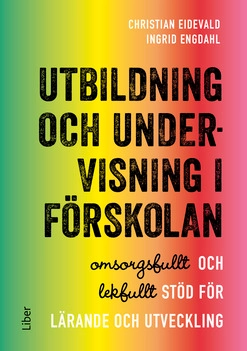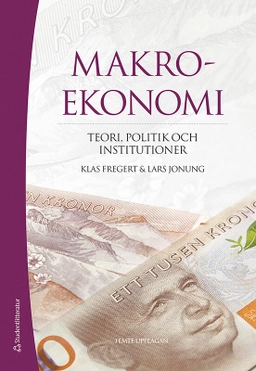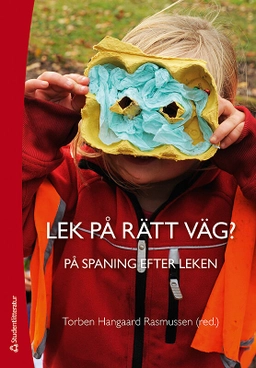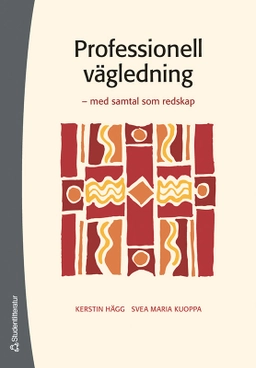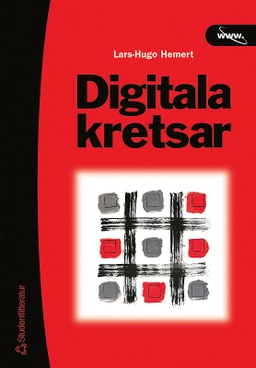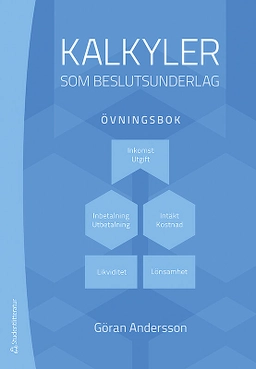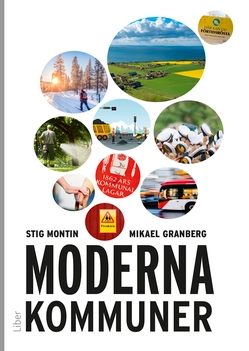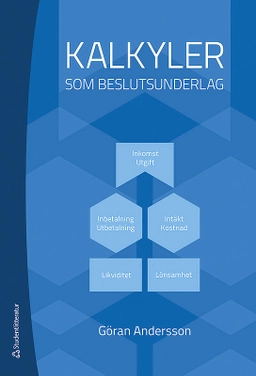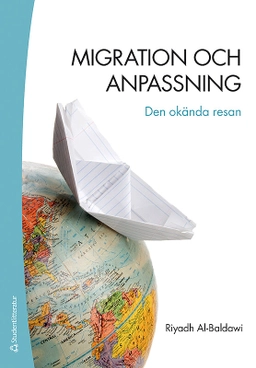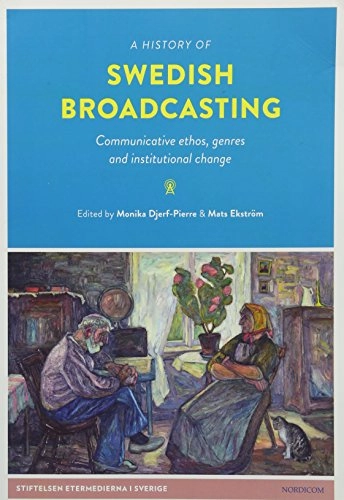

A history of Swedish broadcasting : communicative ethos, genres and institutional changeUpplaga 1
- Upplaga: 1a upplagan
- Utgiven: 2013
- ISBN: 9789186523732
- Sidor: 379 st
- Förlag: Nordicom
- Format: Häftad
- Språk: Engelska
Om boken
Åtkomstkoder och digitalt tilläggsmaterial garanteras inte med begagnade böcker
Mer om A history of Swedish broadcasting : communicative ethos, genres and institutional change (2013)
I december 2013 släpptes boken A history of Swedish broadcasting : communicative ethos, genres and institutional change skriven av Monika Djerf-Pierre, Mats Ekström. Det är den 1a upplagan av kursboken. Den är skriven på engelska och består av 379 sidor djupgående information om media och kommunikation. Förlaget bakom boken är Nordicom.
Köp boken A history of Swedish broadcasting : communicative ethos, genres and institutional change på Studentapan och spara pengar.
Tillhör kategorierna
Referera till A history of Swedish broadcasting : communicative ethos, genres and institutional change (Upplaga 1)
Harvard
Oxford
APA
Vancouver
